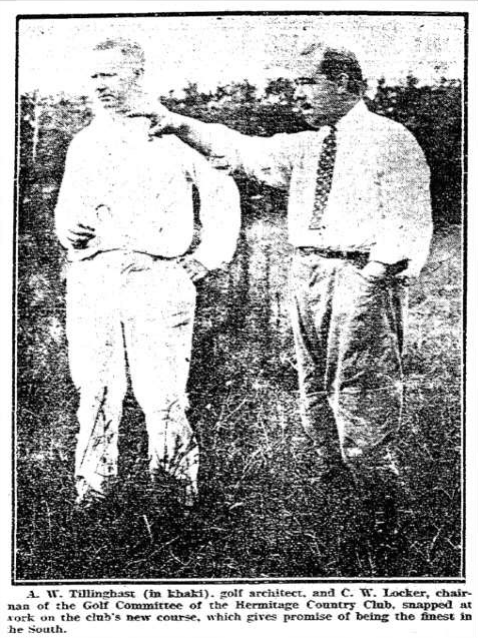Golf's is an odd list given the international courses few in its U.S.-based readership will play. Then there is the blessing of Streamsong Black as the year's "best new course of the year" and Sand Valley as the year's "best new course you can play." Even though Streamsong is a resort you very much can play, with the Black opening in September.
The Golf categories:
BEST NEW COURSE YOU CAN PLAY
BEST NEW COURSE OF THE YEAR
BEST NEW PRIVATE COURSE/INTERNATIONAL COURSE
RENOVATION OF THE YEAR
BEST NEW COURSE YOU CAN PLAY (HONORABLE MENTION)
SPECIAL CITATION: Spectacular New Short Courses
Congratulations to all who won, even though we don't know why or who picked you under what criteria.
Golf Digest's categories appear to make a little more sense, though what is presented ultimately is pretty confusing.
In 2014Gamble Sands was deemed the best new course in America.
In 2015, Golf Digest acknowledged 10 best new courses, 10 best remodels that somehow couldn’t find space for Winged Foot East, where the restoration work re-opened in 2015 has been lauded for sensitively recapturing an American classic. Given that Golf Digest pays dues for two of its editorial members to be Winged Foot members, a not-enough-votes excuse seems a stretch.
2016 saw three each of a Best New Private, Public and Remodeled categories. Still no luck for Winged Foot East. But the awards featured extensive panelist comments that added some fun reading.
And now in 2017 the marketplace forced another new approach, with this explanation from Golf Digest:
Still not enough new courses to warrant New Public and New Private categories, so the 15 new courses nominated for consideration competed in a single Best New Courses race. But with 85 remodeled courses nominated, we decided to split our Best New Remodel survey into three categories to reflect the wide range of projects in today’s design industry. Major Remodel involves a total redesign with little regard to the original architecture. Renovation improves a design but sticks to the original routing. Restoration strives to honor the original architecture. What about “blow-up” jobs, where an existing course is so drastically altered (“blown up”) that it hardly resembles the original? That was up to each architect and individual club to decide whether to compete as a Best New candidate or Best Major Remodel.
The list produced some pretty strange results, most notably with the once-loved Quail Hollow, now loathed by some tour players who just a few years ago were declaring it one of the PGA Tour's best venues. After last year's PGA Championship, most expect the club to remedy the gruesome 4th hole addition, an absurd mess of a hole. That did not stop the panel for giving high marks and placing Quail Hollow as their second best remodel behind Jackson and Kahn'sFazio's MPCC Dunes remodel.
Even though the project was largely envisioned and carried out by Fazio's former shapers, Golf Digest gave all the credit to Fazio. The club's own first placque acknowledges all of the aforementioned names.
Most inexplicably, Torrey Pines North, which stuck to its original routing except for flipping the nines, finished third in major remodel when it was pretty clearly just an insipid renovation. Did switching nines really become grounds for a major remodel label?
The TPC Sawgrass won for best renovation with its new turf and one redesigned hole. On that basis, it may be eligible annually given its turbulent renovation history.
The Old White TPC won its second best new award, having won the best new remodel in 2007. And even though it won this time under the restoration label, Keith Foster made significant changes to the award winner. He restored around the remodel. Got that?
Something tells me after looking at the Golf Digest selections, the panel would not care for the things Matt Ginella and I presented as our ways of evaluating golf courses. From Morning Drive's Design Week:


















